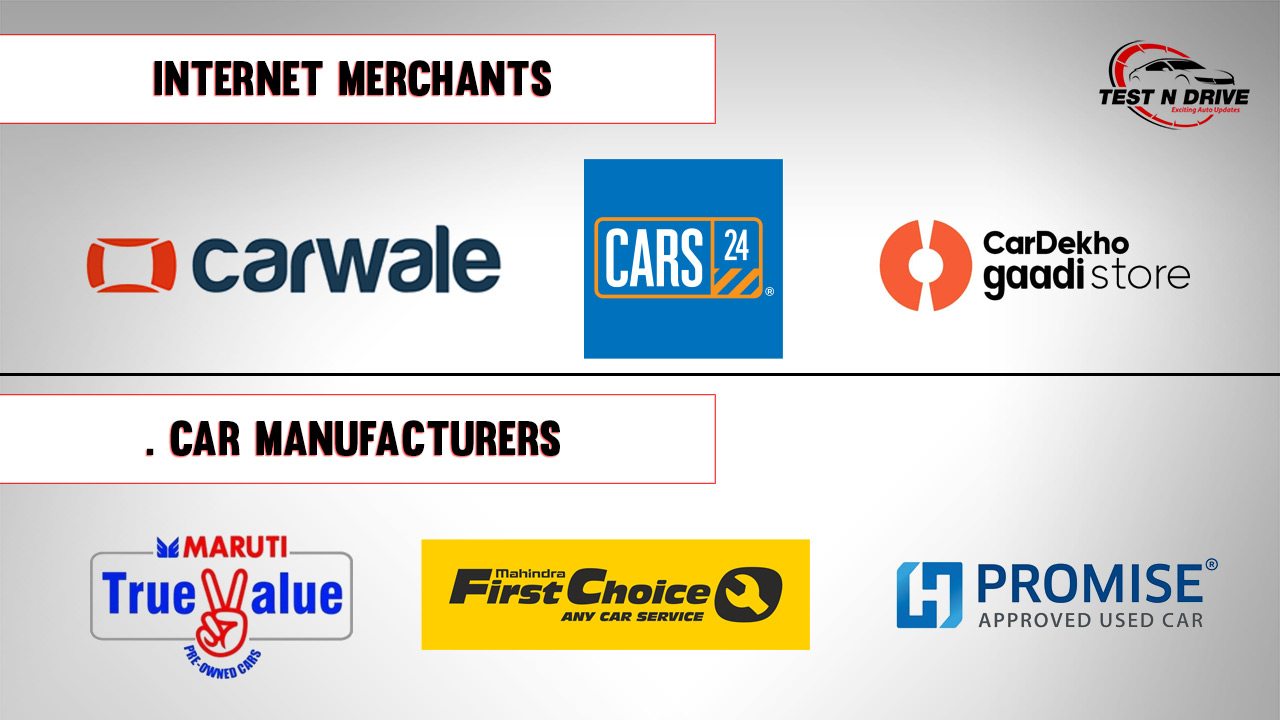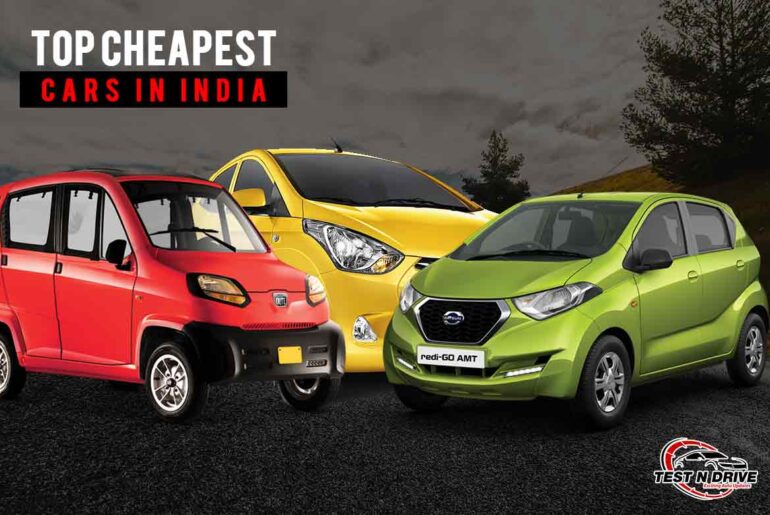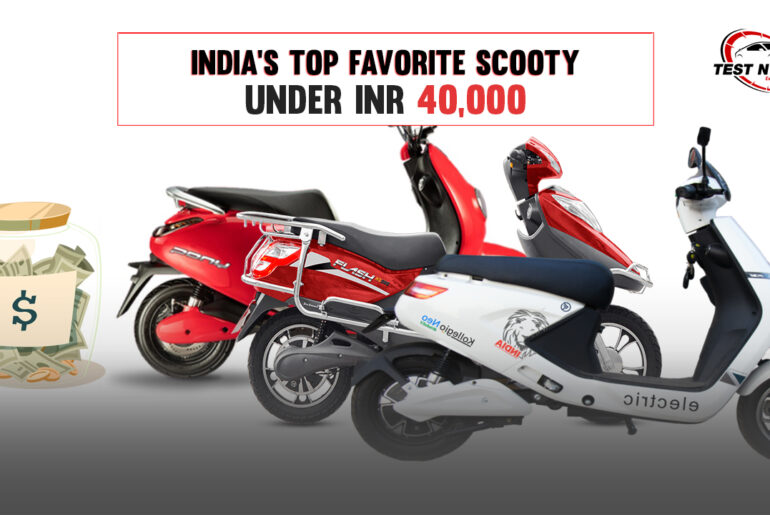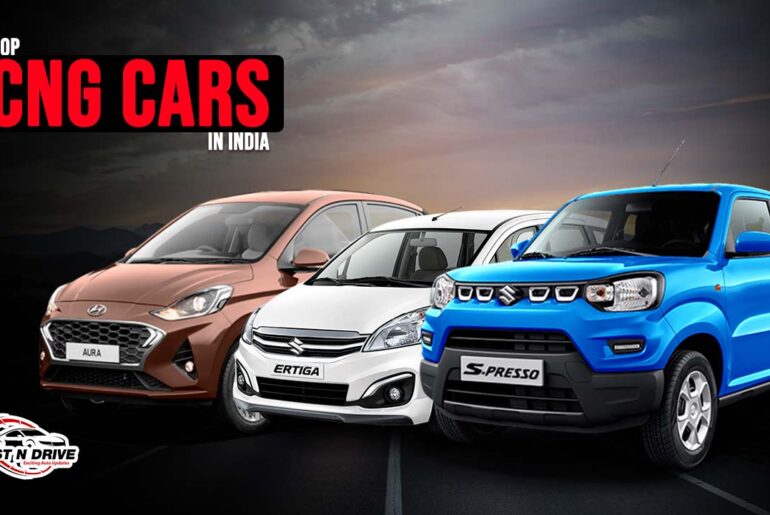That feeling you get when you buy a new car or a bike! You want to sit in it, ride it, is clean & dent-free, is shining like the pole star. But you know, some people buy used vehicles, usually known as second-hand vehicles. Reasons to go for a second-hand vehicle can be many: price, quality, reason of use, duration of use, etc.
For many, a second-hand vehicle is their first-hand vehicle. Hence, they keep it clean and intact, shining like the pole star! Government values the concept of a second-hand vehicle. Therefore, they made sure that second-hand vehicles are procured legally to safeguard the buyer, seller, & the Government. For this, there is a process of transferring of Registration Certificate (RC). Earlier, the RC transfer process was tedious as it involved the physical appearance of the buyer and the seller.
It required heavy paperwork like Original RC, Aadhar Cards of the buyer and seller, PUC, Insurance policy, clearance certificate, etc. All this was to be brought by the seller, and the buyer would meet the seller at the local RTO.
After the verification of documents. The RC was transferred to the new RTO, and then it was issued to the buyer. But with the imminence of digitization, this process has become hassle-free.
Now all you have to do is visit Parivahan Sewa website, create an account, fill in the details, attach necessary paperwork, and submit it all to the respective RTO at a minimal fee of INR 525.
This process has curbed the issue of visiting the RTO physically. While the necessary paperwork stays intact, there is no longer a queue to fetch the same. You can get these papers online.
Documents Required For RC Transfer :
- Registration Certificate: The proof of ownership; the subject matter in this case.
- Insurance Policy Certificate: Having an Insurance policy is a necessity & the absence of an insurance certificate is punitive nowadays.
- Pollution Under Control Certificate: This certificate shows that the particular vehicle isn’t violating any environmental laws enforceable for pollution induction. Again, the absence of the PUC certificate is punitive.
- Permanent Account Number (PAN): To stimulate RC transfer, the RTO requires PAN Cards of both the buyer and the seller.
- Chassis & Engine Pencil Print: To validate the authenticity, it is required by the seller to place paper on the chassis number (found on the bonnet of the car) and shade on the paper with the pencil. This sheet needs to be submitted to match the number.
- Identification proof of the buyer: The Government wants that all the vehicles that undergo resale should not be used for illegal purposes. Hence, they require the buyer to submit identification proof to verify the date of birth and the residential address.
- Buyer’s undertaking: To make sure the successful transfer of both the vehicle & the risk and responsibilities, the buyer signs and submits an undertaking.
- Passport Size photographs: It is necessary for the buyer to submit his photos.
- Tax clearance certificate: This certificate validates that the seller has cleared all the taxes and dues that he/she was liable to. Failure in the issuance of this certificate stops the process of RC Transfer.
Some Additional Forms That Need To Be Filled
- Form 20: This form signifies the successful inspection of the vehicle. It also claims that the vehicle abides by all the protocols of the Motor Vehicles Act,1988.
- No objection certificate or Form 29: This form proves as consent from the seller’s side, stating that the seller has no objection to transferring the rights to the new buyer.
- Form 30: This form acts as an intimation from the vehicle’s owner to sell the particular vehicle rightfully and lawfully.
- Form 31: In case of death of the previous owner of the vehicle. This form enables the transfer of ownership right of the vehicle to the person assigned heir by the deceased.
- Form 32: This form validates the first-hand ownership of the retail buyer of the vehicle. This form is vital when the vehicle undergoes a public auction.
- Form 60: In case the buyer or the seller does not have a PAN card, then this form shall be filled.
You can download the forms by visiting this link.
Process of RC/ownership transfer of a vehicle:
For a successful vehicle’s ownership transfer, the following process needs to be carried out:
- The buyer has to submit an application form for the transfer of ownership of the vehicle in question. This form needs to be submitted to the RTO of the area where the vehicle is registered.
- Later, the buyer has to submit both Form 29 and Form 30 to the RTO, duly signed by the seller.
- Once the verification of documents and the vehicle is complete, the transfer process of the documents begins. You can then expect to receive the documents within 14 days. If the buyer and the seller belong to the same state, the process takes less than 14 days. However, if the two parties stay in different states, the timespan can escalate to 45 days.
Costs Incurred In RC Transfer
For the execution of RC transfer, RTO charges a fee of Rs 500 from the buyer. The buyer has to pay a minuscule amount of Rs 30 to the RTO to receive the ownership of the now second-hand vehicle.
After completing the process you are ready to bring someone else’s old but your new vehicle home.
With the development happening in the automobile industry every now and then, there has been an emergence of various facilitators who make this service hassle-free and smooth.
Internet merchants like Carwaale, Cars24, Droom, etc., have brought all the cars to the second-hand car buyers like a bouquet.
Car manufacturers like Maruti Suzuki, Hyundai, Mahindra, Tata Motors, Toyota, etc. have jumped into this pool of pursuit of providing an as-good-as-a-new car to these buyers with their ventures – True value (Maruti Suzuki), H-Promise (Hyundai), First Choice (Mahindra), Toyota Trust, Tata Motors Assured, etc.

All this advancement goes on to say that the vehicle market is responding swiftly to the demand of these new buyers.
As they say – A business should look after all its customers. Now, instead of dreaming of a Car, car owners can easily get their hands on their favourite vehicle at an affordable rate.
You can now drive a used car. And these companies, together with the Government, are there to make sure that you stay safe and get the best bit for your money.






